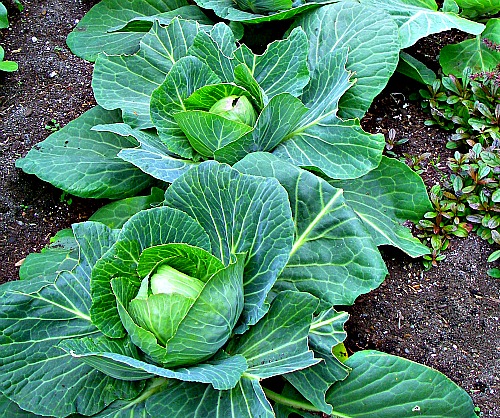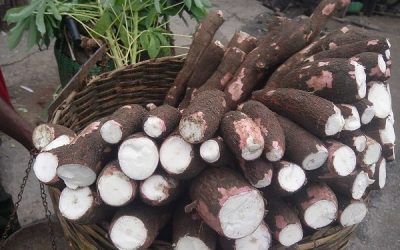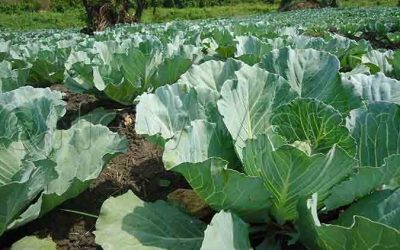How to manage weeds in Cabbage gardens

Any plant growing in a wrong or undesired place is considered a weed.
Uncontrolled weeds compete with the crop of interest for growth factors like nutrients, moisture, and space, and may completely suppress the crop leading to low or no yields. They also harbor destructive crop pests and diseases.
Cabbage crop does not compete well with weeds and is easily overwhelmed by their attack.
Weeds directly compete with the crop for growth factors like nutrients, space, and water, thus reducing the overall yield quality and quantity. Weeds cause severe harvesting problems, especially those that occur late in the crop season. They are alternative hosts of pests and diseases whose effect on the crop cause huge losses. Some weeds are parasitic while others are harmful/poisonous to humans and livestock.
Proper weed control is very essential for improved quality and quantity produce. Various methods are used to control weeds in cabbage crop, which include the following;
Chemical Control
This method involves the use of herbicides and is highly preferred because it is fast and easy, there is no mechanical damage to the crop and cost effective.
Cultural methods
Use of clean seeds, i.e., those that are free from weed seeds. Planting early maturing cabbage varieties, Using irrigation water that is free from weed seeds, Hand pulling/uprooting the weeds, early planting, Crop rotation, mulching and Adopting a closer row spacing.
Mechanical Control
This involves the use of tools and equipment like jembes, hoes, pangas, ploughs, among others, in weed control. It should be done carefully in order to prevent mechanical damages to the crop.
All herbicides should be mixed with INTEGRA 3ml/20l during spraying. This is a sticker, spreader and penetrant which improves the efficacy of the chemical.
Herbicides should be diluted with clean water.
An integrated weed management strategy is highly encouraged.
Delayed weeding can cause upto 100% crop loss.


